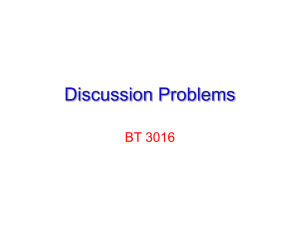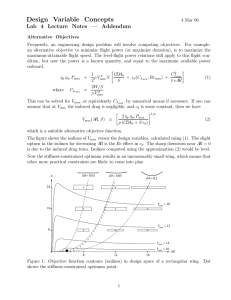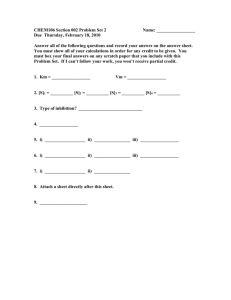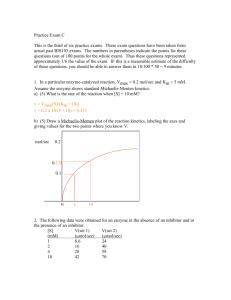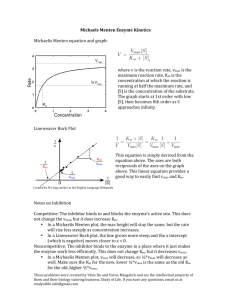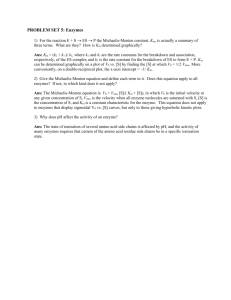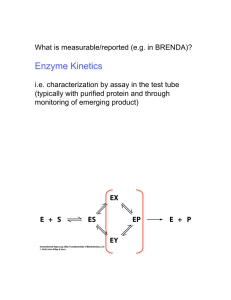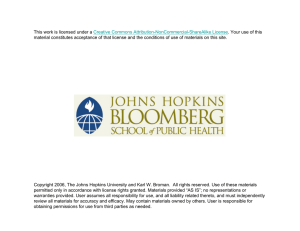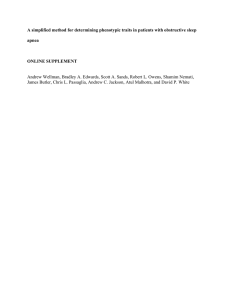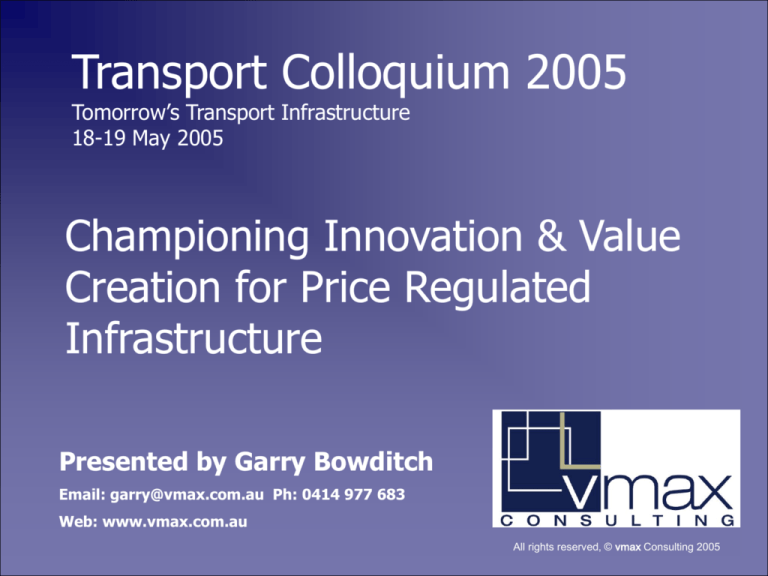
Transport Colloquium 2005
Tomorrow’s Transport Infrastructure
18-19 May 2005
Championing Innovation & Value
Creation for Price Regulated
Infrastructure
Presented by Garry Bowditch
Email: garry@vmax.com.au Ph: 0414 977 683
Web: www.vmax.com.au
All rights reserved, © vmax Consulting 2005
Introduction
Policy responses to infrastructure challenges…
Simple
(static)
Use price adjustment
to create right
incentive
Infrastructure Dilemma
…suggests that the problem
requires a dynamic solution?
Systemic market failures
demanding
comprehensive response
Innovation
Value Creation
Price-Quality
Spectrum
Productivity
Complex
(dynamic)
Innovation & Value Creation
…there is more than one way of getting there
Efficiency
lower unit costs
Innovation
Value Creation
(productivity growth)
higher unit prices
Customer Responsiveness
Quality
Targeting the right competitive model
From…
To…
Strategic
Differentiation
Cost Focus
Productivity Growth
Centric
Value Creation
Imitation
Price Discounting
Evolution Regulatory System
Preferred regulatory emphasis
Innovation
(dynamic efficiency)
70%
Value Build
(static
productivity)
20%
Profit / Rate of Return
(allocative efficiency)
10%
Stakeholder Motives
Stakeholder
Asset Owners
Operators
Motivations
Generic Value Creation Strategies
Value Build
P& L centric
Funds Managers
Max. Risk (adj.)
Return
Customers
Value Seeker
Market Wide Shaping
Business (asset) Level
Initiatives
Bundle
complementary
services
Cost efficiency
(dominant)
Regulator
Government
Monitoring,
Redress market
failure
Productivity
Growth centric
Differentiation
(emergent)
Customer
Centric
Asset Synergy
(interoperability)
Interdependence
(whole of supply
chain driven)
Externality Rich
Externality Rich Initiatives
The market conduct of owners / operators of infrastructure
may pose challenges for competition regulators
Context
Market Wide Shaping
Asset value
build
initiatives
Objective
Legacy of
government
ownership; low
starting point
Poor interoperability
of infrastructure
Fragmented supply
chains
Poor work practices
Asset value re-rating +
seamless value
propositions
Whole of supply chain
shaping
Better inter-link
infrastructure assets
road, rail, ports etc
Seek harmonisation &
standardisation to
enhance efficiency
Behaviour
Work beyond firm boundaries to
achieve:
Optimising efficiency through scale
economies and standardisation
Process leadership ( in at least few
critical areas such as supply chain
management, marketing &
acquisitions
Acute cost control
Market dominance in order to set
uniform & propriety standards
Establish intensely competitive
complementors within supply chain
Watch Points for Regulators
Vertical separation requirements
Limiting price flexibility (also limits entrepreneurial action)
Misinterpret market conduct (where joint ventures / alliances
are required to establish competitive supply chains)
Market Conduct & Regulation
Value Creation
What are we looking for …
Market
Instruments
Anticipation and
prevention
Regulatory reform
pricing policy
Cost reduction
imposed as best
route to lower
prices
Command and
Control
Partnership &
Collaboration
Hybrid
Approaches
Strategic and
tactical planing to
improve conduct
Life cycle approach
Prevention and
control
Strategic and longterm plans fully
integrative between
customer & industry
Limited regulatory
intervention
Corporate
citizenship
Voluntary
agreements
Productivity
approach & triple
bottom line
reporting
Act on assumption
of guilt ; Regulators
take operational
role ; Denial &
resistance prevails;
Compliance driven
regulations viewed
as cost
prescription
principles
Evolution Regulatory System
Cross Industry, competitive lessons
from a water monopoly
•
•
•
Source: Stormwater Harvesting and Utilisation in the City of Salisbury
High regulated
price invited
competition
☑ Contestability
Differential (higher) pricing of
commercial water usage yielded
competition in water storage &
distribution.
Disproved assumptions of natural
monopoly and homogeneity of water.
New entrant challenged & exploited ‘fit
for purpose’ water usage.
Regulatory system needs to
accommodate technology disruptors as
a cornerstone to value creation and
community welfare.
New entrant
reduced water from
Murray River +
damage to
wetlands
Government
mandated incumbent
water utility
inappropriately (i.e.
consistent quality +
supply)
☑ Positive
Externalities
☑ Fulfilled customer
need
Shadow Pricing
grey water ‘highly
profitable’
☑ Profitable
Incumbent
assumed
customer
preferences
☑ Improved customer
engagement
Value Creation
Customer Engagement
Cross over from ‘cost leadership’ to ‘differentiation’ for
infrastructure providers will enable above average
returns, a high level of customer satisfaction reflecting
better long term strategic planning, embed a culture
of consultation & collaboration and rely less on
regulators as umpire with customers
Differentiation
Emergent
Price / Quality spectrum
Sell who
you are
Anticipate & shape
future & latent
customer needs
Sell what
you know
Indexed
return
benchmark
Sell what is
required
Sell what
is made
Partnerships with
customer towards
solutions
Cost Leadership
Dominant
Rate of Return, Price Cap
React to customer
need
Day to day service
Time, experience, effort
Leadership Lessons
Commercial & Policy Lessons
The
Goal
The
Key
Innovation / Value Creation
Whole of Supply Chain
Regulatory Lessons
Accommodate all sources
of value creation
Principles based approach
Joint Ventures & Alliances
Vertical Integration
The
Means
Customer Engagement
Avoid simplistic customer
assumptions
Over
Done
Cost Leadership
Diminishing benefit to
customers & economy
Thank you
Any further questions please refer
to our contact details below.
Garry Bowditch
Patricia Pascuzzo
garry@vmax.com.au
Ph: 0414 977 683
patricia@vmax.com.au
Ph: 0400 292 441
Transport Colloquium 2005
Tomorrow’s Transport Infrastructure
All rights reserved, © vmax Consulting 2005

